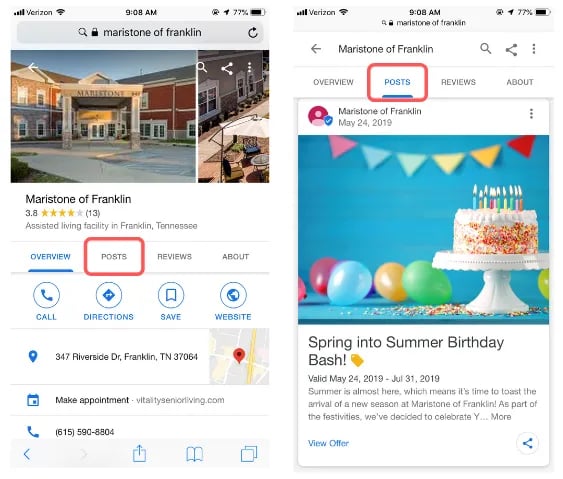
Healthcare workers everywhere dread documentation. But clinical staff, at least, have helped in adjusting to it.
Nobody ever questions the value of recording clinical information. There’s a robust infrastructure of software, training services, consultants, and scribes that clinicians can lean on for help. And their objectives for documentation are explicit and clear.
Until recently, much of that was not true for life enrichment directors. Lacking sophisticated resources to help them, but still required to document their work, they had to create ad hoc solutions for their documentation challenges.
At some communities, this leads to sparse, scattered, and impenetrable records on life enrichment. They’ll capture what’s required by the law, but that’s as far as they’ll go.
Why do More
However, there’s good reason for you to go a little deeper. Stronger life enrichment records can yield some important benefits:
Long-term planning
Life enrichment can be hectic work. The demands of planning and running activities for an entire community can keep life enrichment directors focused on the short term — whatever it takes to get through the month.
But detailed records of resident life can help broaden their perspective. By tracking resident activity over time, they can see past their immediate planning needs, and ask deeper questions about their goals for their program.
Interdepartmental Advocacy
It’s an unfortunate truth in many senior living communities: strained for resources, administrators don’t always give life enrichment the resources it deserves.
This can change, however, if life enrichment directors can effectively demonstrate their value. Breaking down what you’ve accomplished in concrete, numerical terms will help you sell the benefits of life enrichment to administration, and may earn you a bigger slice of the budgetary pie.
Staff — and Family — Bonding
Finally, one of the under-appreciated benefits of solid documentation is how it can help support relationships in the community.
Having profiles on hand for each resident can give staff new ways to start conversations, which makes building rapport much easier. That’s good for staff and residents alike.
This dynamic can work for family members, too. Memory care patients, for example, struggle to recall what they do each day, which can leave their loved ones struggling for things to ask about it. But an accessible, detailed activity record can prompt conversation, and give family members a way to feel closer to their residents.
Into the Nitty-Gritty
The benefits to strong life enrichment records are clear. Moving beyond bare-bones documentation, though, can be a challenge. We recommend that life enrichment directors pursue it in stages.
1 - Tweak Current Collection
What’s required of life enrichment directors varies by State. Usually the law asks for resident attendance records, notes about therapeutic goals and progress, and sometimes observations about specific patient populations.
It’s likely that your community already asks you to take these mandatory records down. But that doesn’t mean that the system you have is the best possible way to get the job done.
Examine your practices and look for efficiencies. There may be much easier ways for you to fulfill your obligations.
2 - Measure of Staff Effectiveness
The next layer to consider is how well your department runs. Capturing performance measures can point the way to improvements.
These could start with budgetary concerns, like observing how much your department spends on supplies and events. This will give you an idea of life-enrichment ROI.
More important are time measures. Illinois and Wisconsin already require life enrichment directors to track how many hours each staff member gets to spend with residents. It’s a smart idea for communities everywhere.
All things considered, more staff-time per resident makes for a healthier community. Measuring that time may show you ways to increase it.
3 - Find Deeper Measures
The final step is the hardest. It entails tracking non-conventional measures that, nonetheless, could be very helpful.
These can be concrete figures, like how many times per week a resident initiates a new activity, or the number of friendly social connections the resident enjoys, or even simply the number of hours spent outside their room.
More abstract measures matter, too. Making — and recording! — observations about the level of engagement a resident shows during a given activity can be very valuable information for activity planning. Knowing a resident’s preferences and tastes can help as well.
These can be hard to remember without a system for jotting them down. But it’s well worth your time to do it.
Conclusion
All of that may sound like a lot. But don’t be overwhelmed. You don’t need to track all of these measures. What you collect will vary based on what your community needs. For your residents, and for your role in your community, some of these measures will be more useful than others. You can pick and choose.
The point to remember, though, is to use these metrics to expand your understanding of your residents. Ultimately, that’s what will help you make their lives better — and that’s what will make you a more effective life enrichment director.


